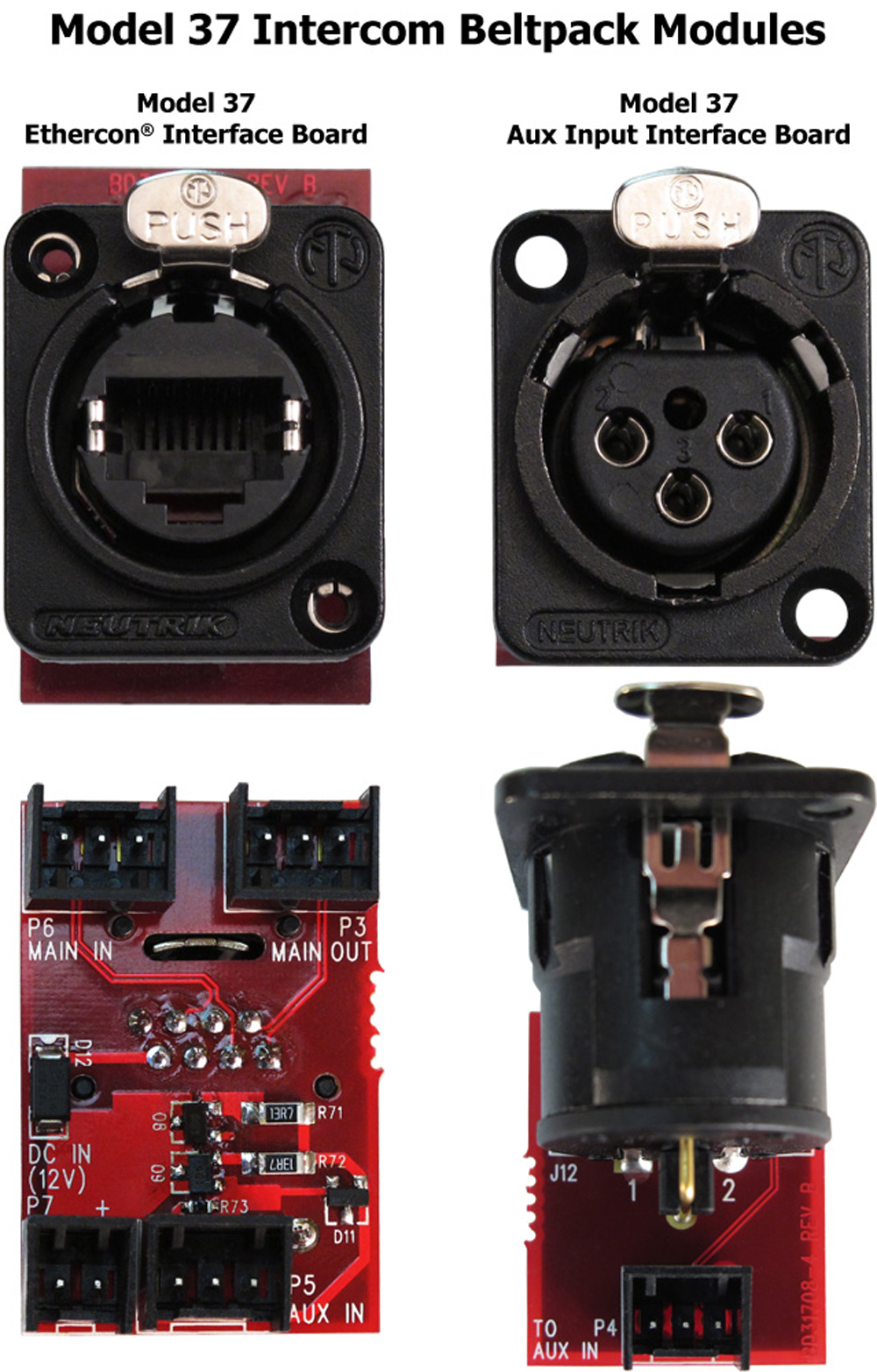

With the latest Tessera software updates and additional features, it has made us even more confident that we made the right decision when choosing Brompton,” says Mr Choong. “Brompton processing was an obvious choice for us as it offers exceptional colour control and comprehensive image manipulation, coupled with quick and easy tools for the operators to use.

#Auxl studio full
The ROE Diamond panels have also been calibrated using Brompton’s Hydra advanced measurement system to enable Dynamic Calibration and make full use of Brompton HDR. The entire set up is driven by two 4K Tessera SX40 LED processors and three Tessera XD 10G data distribution units. Companies that look to improve their ways of engaging with their internal staff and external audiences have come to appreciate our XR solutions,” Mr Choong adds.įor the perfect XR configuration, AUX Immersive Studio’s setup comprises a 12m by 3.5m LED wall made up of ROE Diamond 2.6mm panels, and a 6m by 6m floor consisting of ROE BM4 LED tiles. “We saw a strong need to change and integrate the use of extended reality to bridge the gap in communication and increase productivity all at the same time. With high-end Brompton Tessera processing and ROE Visual LED panels, to disguise media servers, and stYpe and Mo-Sys trackers at the core, the AUX team also uses solutions such as Yamaha Rivage consoles and Tricaster TC2 to produce innovative live stream conferences, memorable award shows and beautiful concerts that bring a real difference to their clients.Īccording to the team, their main objective was to evolve from the traditional way of delivering projects using green screens or video conferencing set ups from home and office, all of which, in their view, create a disconnect between the presenters and their audience. “Marrying this with our experience in event production, we are proud to be able to spearhead this development by introducing extended reality technology to virtual and hybrid productions and learning from the rest of our global partners,” says Mr Choong. Since its inception, the team has been able to retrain and rethink their entire workflow. And so, AUX Immersive Studio was born, Singapore’s first extended reality studio,” continues Mr Choong. We decided to take the opportunity to forge ahead on the new path of virtual productions using extended reality technology from start to finish. “In 2020, amidst the worldwide pandemic, many industry players pivoted to virtual and hybrid events, with many using green screen technology that requires extensive post-production and guesswork. Powered by AUX Media Group’s partnership with UK-based creative technology company disguise, and Japanese audio-visual leaders Yamaha and Panasonic, AUX Immersive Studio is a true collaboration between world-leading brands and technologies with a common goal, “to create experiences that allow our creatives to tell their stories in a way never done before,” explains Choong Chyi Kei, CEO at AUX Media Group. AUX Immersive Studio features a state-of-the-art XR facility, with Brompton Technology helping merge physical and virtual events with its powerful Tessera processing and Brompton HDR. At the end of last year, The Lion City became home to the country’s largest extended reality (XR) stage, created by Singapore-based creative content development agency in events and media production, AUX Media Group. With Singapore taking top spot as a potential world-leading technology hub (according to KPMG’s 2020 list of Technology Innovation Hubs), it is no surprise that it has become a magnet for the latest innovations in tech.
#Auxl studio code
Note To ease development of program code running on the sensor controller, TI provides a tool chain for writing software for the controller, Sensor Controller Studio (SCS), which is a fully integrated tool consisting of an IDE, compiler, assembler, and linker.June 24, 2021.
#Auxl studio drivers
Accessing the analog peripherals from the system CPU must be done by using TI-provided drivers to ensure proper control of power management.

The AUX power domain is connected to the MCU system through an asynchronous interface, ensuring that all modules connected to the AUX bus are accessible from the system CPU. The sensor controller can also continue doing tasks while the MCU subsystem is powered down, but with limited resources compared to the larger MCU domain.

The sensor controller has the ability to do its own power and clock management of AUX_PD, independently of the MCU domain. AUX_PD is located within the AON voltage domain of the device. The AUX is a collective description of all the analog peripherals (ADC, comparators, and current source) and the digital modules in the AUX power domain (AUX_PD) such as the sensor controller, timers, time-to-digital converter, etc.


 0 kommentar(er)
0 kommentar(er)
